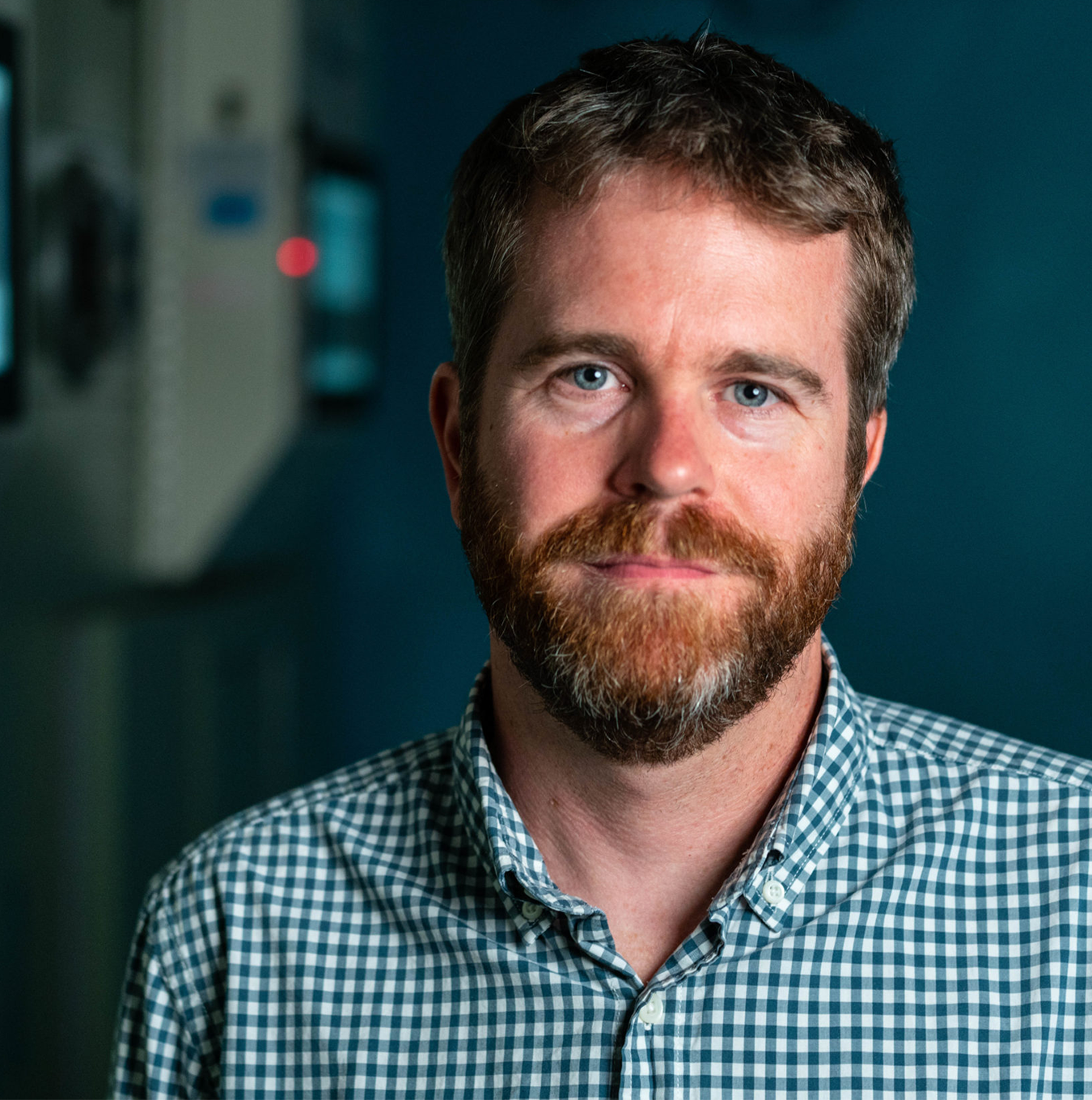New 3D printing method enables complex designs and creates less waste
MIT engineers developed a technique for making intricate structures with supports that can be dissolved and reused instead of thrown away.
At MIT, Lindsay Caplan reflects on artistic crossroads where humans and machines meet
In the inaugural STUDIO.nano Resonance Lecture, the Brown University assistant professor traced how artists in the 1960s delved into early computer science, cybernetics, and AI.
Jesse Kroll receives 2025 Capers and Marion McDonald Award
The award is given annually to a faculty member(s) who has demonstrated a lasting commitment to the personal and professional development of others.
AI stirs up the recipe for concrete in MIT study
With demand for cement alternatives rising, an MIT team uses machine learning to hunt for new ingredients across the scientific literature.
MIT students and postdoc explore the inner workings of Capitol Hill
In an annual tradition, MIT affiliates embarked on a trip to Washington to explore federal lawmaking and advocate for science policy.
Teaching AI models the broad strokes to sketch more like humans do
SketchAgent, a drawing system developed by MIT CSAIL researchers, sketches up concepts stroke-by-stroke, teaching language models to visually express concepts on their own and collaborate with humans.
Eight with MIT ties win 2025 Hertz Foundation Fellowships
The fellowships recognize doctoral students who have “the extraordinary creativity and principled leadership necessary to tackle problems others can’t solve.”
3 Questions: How to help students recognize potential bias in their AI datasets
Courses on developing AI models for health care need to focus more on identifying and addressing bias, says Leo Anthony Celi.
Dave Des Marais receives 2025 Samuel M. Seegal Prize
The prize honors faculty who inspire students to pursue and achieve excellence. The award alternates between faculty in CEE and the Sloan School of Management each year.
Four faculty members receive 2025 Ruth and Joel Spira Awards
The awards are given annually to four faculty members in the areas of electrical engineering, computer science, mechanical engineering, and nuclear science and engineering to acknowledge “the tradition of high-quality engineering education at MIT”.









